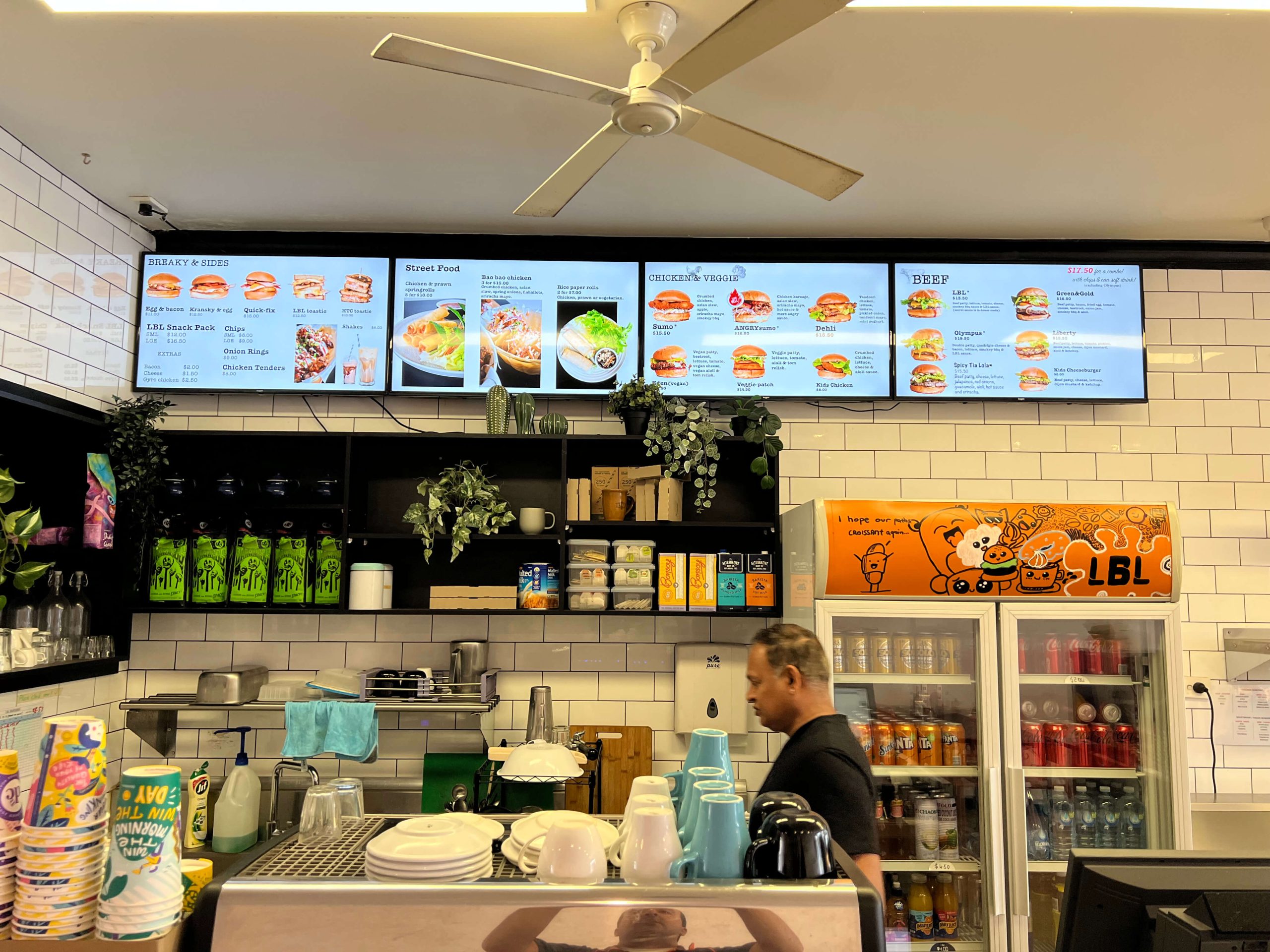Planning For Digital Signage Installations in Retail Spaces

The days of posters are over! Today, digital signage is considered to be superior to old-fashioned posters because of its dynamic content, the ability to update in real time and the potential to grab the audience’s attention, as the majority of people in the modern world pay most attention to things that are on a screen.
Static posters remain unchanged; they relay the message that was originally printed on them until somebody takes them down and replaces or updates them. They can still be useful and effective for low-budget options or short-term advertising, but in the long term, digital signage will be more cost-effective than constantly printing and replacing posters. With digital signage, you can display dynamic digital content like videos, social media feeds and animations, and even interactive content, which are all more engaging than posters, and they are easy to update, so you will be able to target specific groups more effectively. Digital signage also produces far less waste than printed materials, which need to be disposed of every time after their use, making it a more sustainable approach to advertising and communication. So, how do you go about planning their installation in a retail space to get the full effect?
Define Your Goals
You need to be clear on the reasons why you have chosen to have digital signage and what you want to achieve from having them in your retail space, whether that is in a large car showroom or a family-run cafe. Your goals will naturally depend on your product or business, but often include aiming to increase brand awareness and promote specific sales or promotions. Some signage can be used to provide information or comparisons to help direct customer choices, or to guide and direct them to certain areas with wayfinding. Digital signage can also be used to attract customers into an area by offering an engaging and interactive experience.
Know Your Space
Examine your retail area and know its size and traffic flow so you can decide where best to place digital signage to ensure you get optimal visibility and impact. Aim to place signage in entrances and main aisles or promotional areas, and check for the best visibility in high-traffic areas. Screens are best placed at or near eye-level for optimal viewing.
If in Doubt, Ask the Experts
You may now have specific ideas on the type of dynamic content you wish to display or the information you wish to relay, but remember to keep the text minimal and the visuals bold, and tailor the content to specific areas or the customer’s needs. Choosing the right technology may be trickier, and factors like screen size and resolution or selecting the right content management system (CMS), may be more easily decided upon by consulting with digital signage experts. They can tailor your set-up by taking into consideration things like the temperature and humidity of the environment, which may affect the durability of certain displays, and optimising your display based on the size of the retail area. For professional installation of digital displays that considers optimal placement, traffic flow, and technical specifications, All About Hanging’s digital signage installation services can ensure your retail signage is securely mounted and positioned for maximum impact and customer engagement.